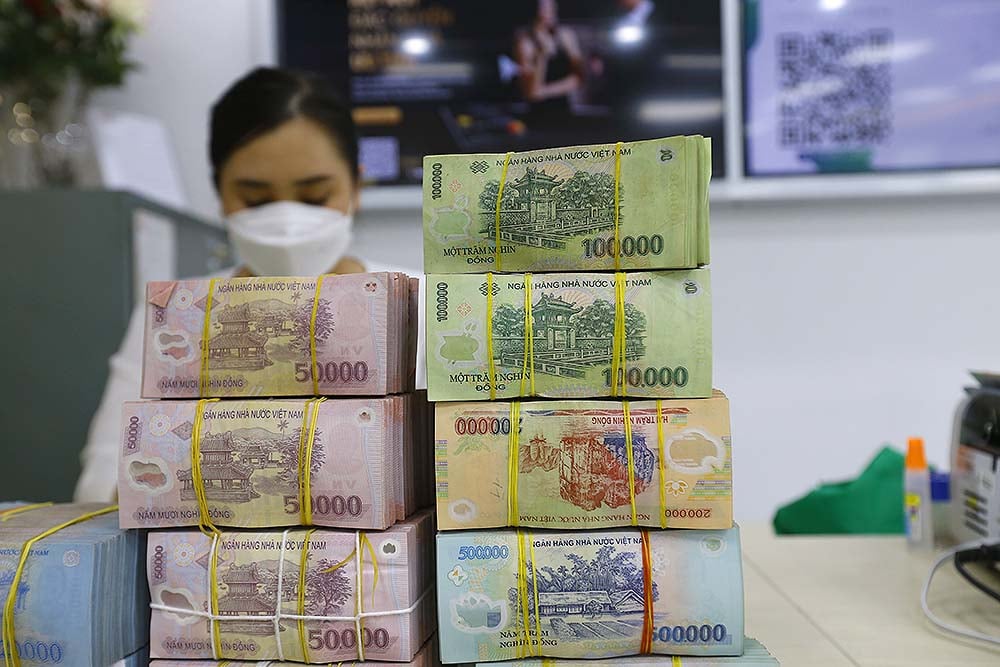 |
| In recent times, the credit structure has been consistent with the economic structure, meeting the capital needs of people and businesses. Photo: d.minh |
Credit growth
To achieve the GDP growth target of over 8% this year, the credit growth target set by the State Bank of Vietnam (SBV) is about 16%. SBV Deputy Governor Pham Thanh Ha said that as of June 26, the total outstanding debt of the entire system reached over 16.9 million billion VND, an increase of 8.3% compared to the end of 2024, an increase of 18.87% compared to the same period in 2024 - the highest growth rate since 2023.
According to the SBV leader, the credit structure is consistent with the structure of the economy, meeting the credit needs of people and businesses. Specifically, the agriculture, forestry and fishery sector accounts for about 6.37% of outstanding credit; the processing and manufacturing industry accounts for about 12.84%; the construction industry accounts for 7.53%; other service sectors such as wholesale and retail account for a large proportion, about 23.74%.
 Previously, to achieve 1% GDP growth, Vietnam needed about 3% credit growth. But in 2024, this figure has dropped to about 2%, reflecting the change in credit capital utilization efficiency. With a plan of 16% credit growth and 8% GDP growth in 2025, that is, maintaining a rate of 2% credit growth to create 1% GDP, this is a relatively challenging target compared to the previous period.
Previously, to achieve 1% GDP growth, Vietnam needed about 3% credit growth. But in 2024, this figure has dropped to about 2%, reflecting the change in credit capital utilization efficiency. With a plan of 16% credit growth and 8% GDP growth in 2025, that is, maintaining a rate of 2% credit growth to create 1% GDP, this is a relatively challenging target compared to the previous period. 
- Associate Professor, Dr. Nguyen Huu Huan (Ho Chi Minh City University of Economics)
Regarding credit for priority sectors, agriculture , rural areas and small and medium enterprises continue to be the two sectors with large proportions. Specifically, agriculture and rural areas account for 23.16%, small and medium enterprises account for 17.51%.
In terms of growth rate, the two priority sectors, supporting industry and high-tech enterprises, both have very high growth rates, nearly double the general rate. Specifically, the high-tech industry sector is 15.69% and high-tech enterprises is 17.59%.
Financial analysts say this is a significant credit increase to achieve the economic growth target of at least 8% this year. Credit demand for production, business and consumption is forecast to increase sharply to meet the economic growth target in 2025.
According to Mr. Pham Thanh Ha, in order to achieve the goal of both controlling inflation, stabilizing the macro economy, and promoting economic growth according to the Government 's target, in the last 6 months of the year, the State Bank will continue to synchronously manage credit solutions in accordance with macroeconomic developments, inflation, and the economy's capital absorption capacity. At the same time, it will promptly deploy solutions to remove difficulties, create favorable conditions for people and businesses to access bank credit, and control bad debt risks.
Be careful of bad debt risk
The results of the survey recently released by the State Bank of Vietnam show that credit institutions believe that the bad debt ratio will continue to decrease slightly in the second quarter and expect a stronger decrease in the third quarter of 2025 - contrary to the "increase" assessment of the same period last year. However, the proportion of credit institutions that believe that bad debt will "decrease" in the second quarter of 2025 (20.9%) is lower than the expectation in the previous survey (23.2%).
In addition, credit institutions continued to adjust down their forecasts for the average bad debt/credit balance ratio of the entire system by the end of 2025 compared to the results recorded in the previous survey. Overall risks from customer groups are assessed to increase slightly, but credit institutions believe that by the end of 2025, the risk level will decrease slightly compared to the end of 2024, reflecting expectations for monitoring effectiveness and loan quality.
According to VIS Rating, banks’ asset quality is manageable thanks to improved customer cash flows. However, some banks with higher proportions of restructured debt under Circular 02/2023/TT-NHNN may face greater asset risks, mainly related to large customers and loans in the real estate sector.
These banks are still facing some difficulties, especially in the context of the real estate market facing legal issues and low demand for some new projects. Besides, they also face higher credit costs in the context of increasing competition among banks to gain credit market share.
Associate Professor, Dr. Nguyen Huu Huan (Ho Chi Minh City University of Economics) commented that in the context of improved capital demand from customers in the first half of this year and the possibility of continued improvement in the second half of the year, it is not difficult to achieve the credit growth target of 16% set by the banking industry this year. However, when the capital market is not strong enough, the economy still depends heavily on bank capital, while the real estate market still has the potential risk of forming a price bubble. At the same time, when credit increases, the main concern is the risk of bad debt increasing.
At a recent National Assembly session, SBV Governor Nguyen Thi Hong said that credit balance to GDP would be 134% by the end of 2024. Continuing to rely on bank capital would pose risks to the system and could have consequences for the economy. This ratio has been increasing continuously in recent years, when credit growth is often twice as high as GDP growth.
An economy with a credit balance that increasingly exceeds the total value of products that can be created each year means that the debt burden of households/businesses in that country is increasing. At that time, under the pressure of paying interest and increasing debt, economic entities are forced to reduce consumption and investment, the ability to borrow capital is gradually limited, inevitably affecting economic growth drivers.
To control risks, the Governor of the State Bank said that credit growth targets will be controlled and adjusted to suit reality. Monetary policy will also be flexibly and reasonably managed to help control inflation, stabilize the money market, and ensure the safety of the banking system. At the same time, to achieve high growth and sustainable development, it is necessary to pay attention to balancing capital sources for large, key investment projects, time periods, and capital reserves for projects so as not to be passive and not create pressure to arrange capital.
Source: https://baodautu.vn/can-trong-voi-rui-ro-no-xau-khi-tin-dung-tang-d324134.html


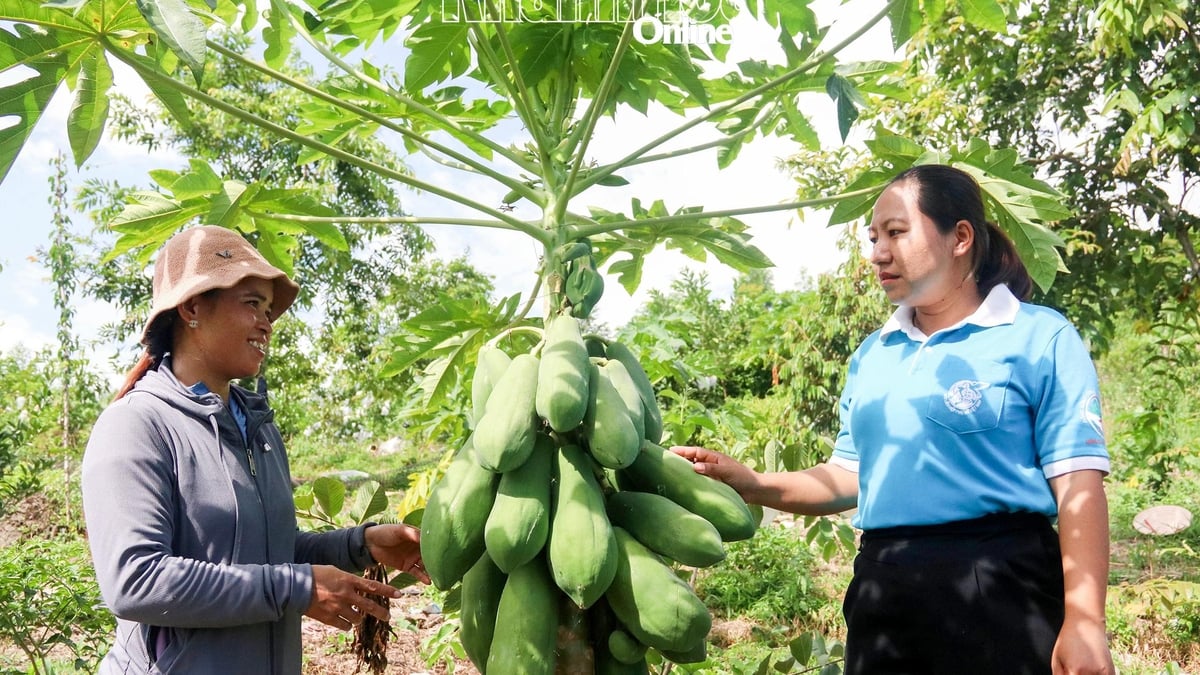
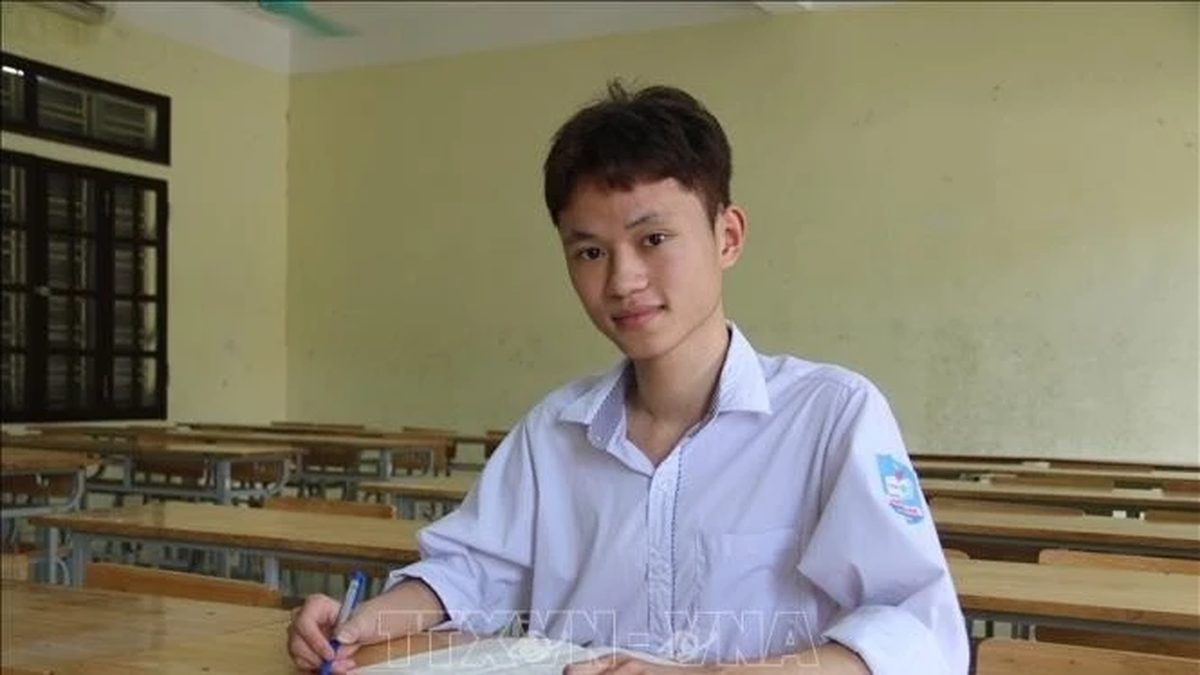


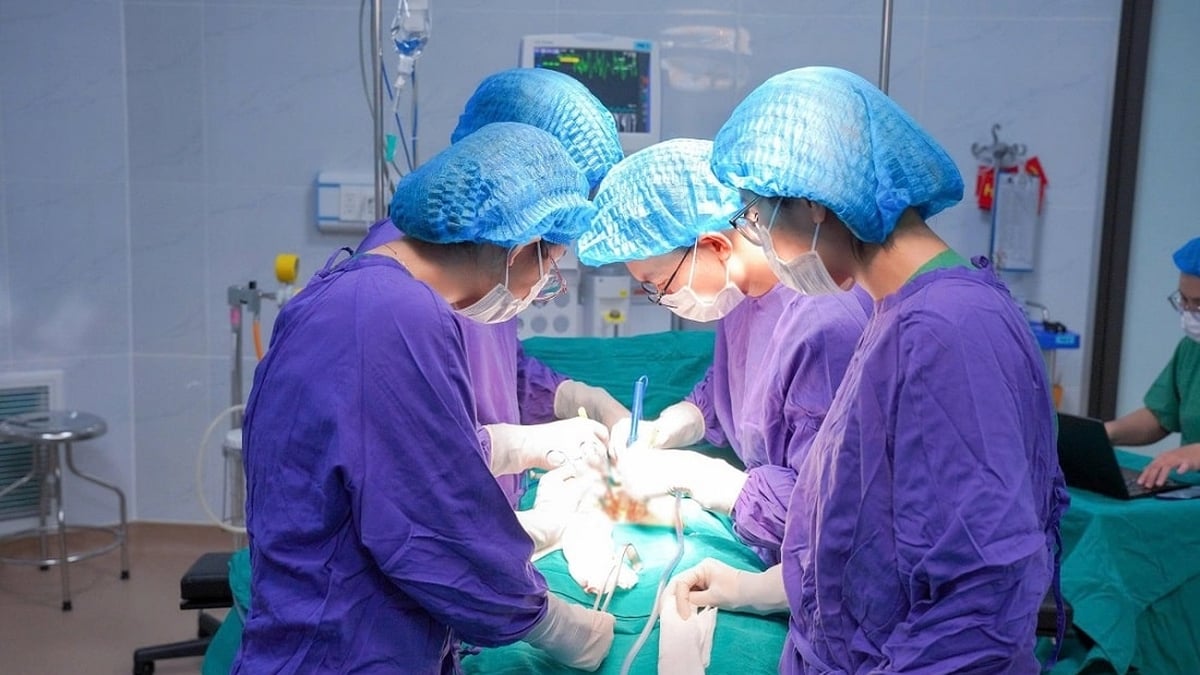


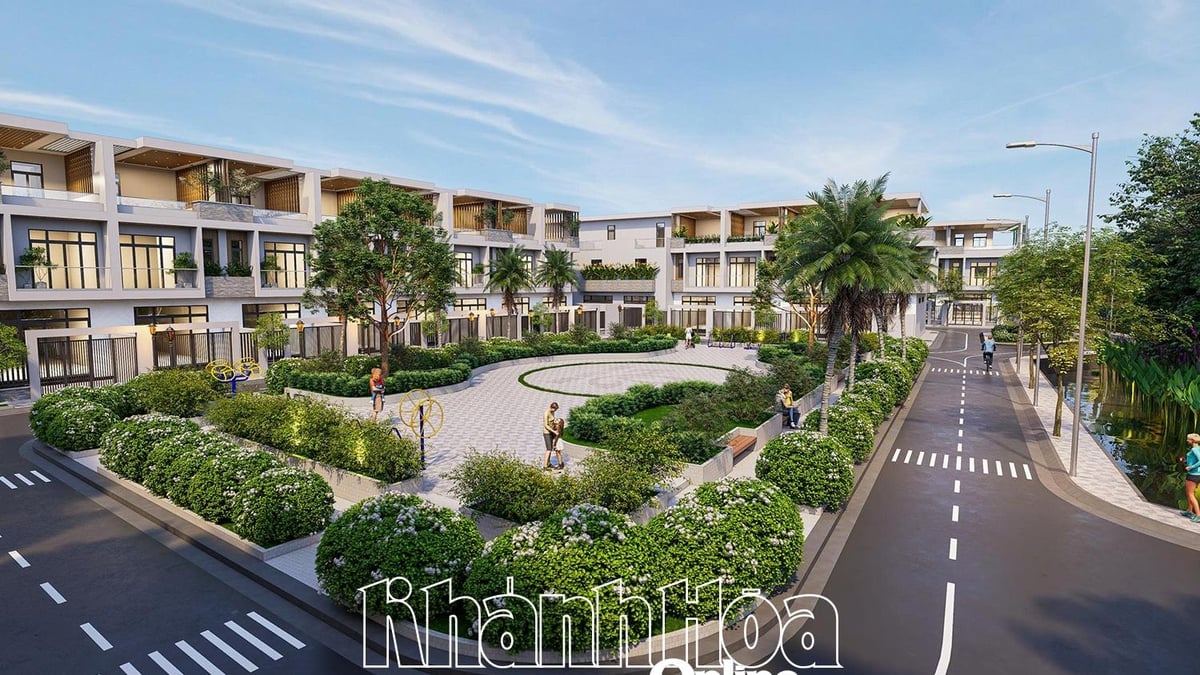

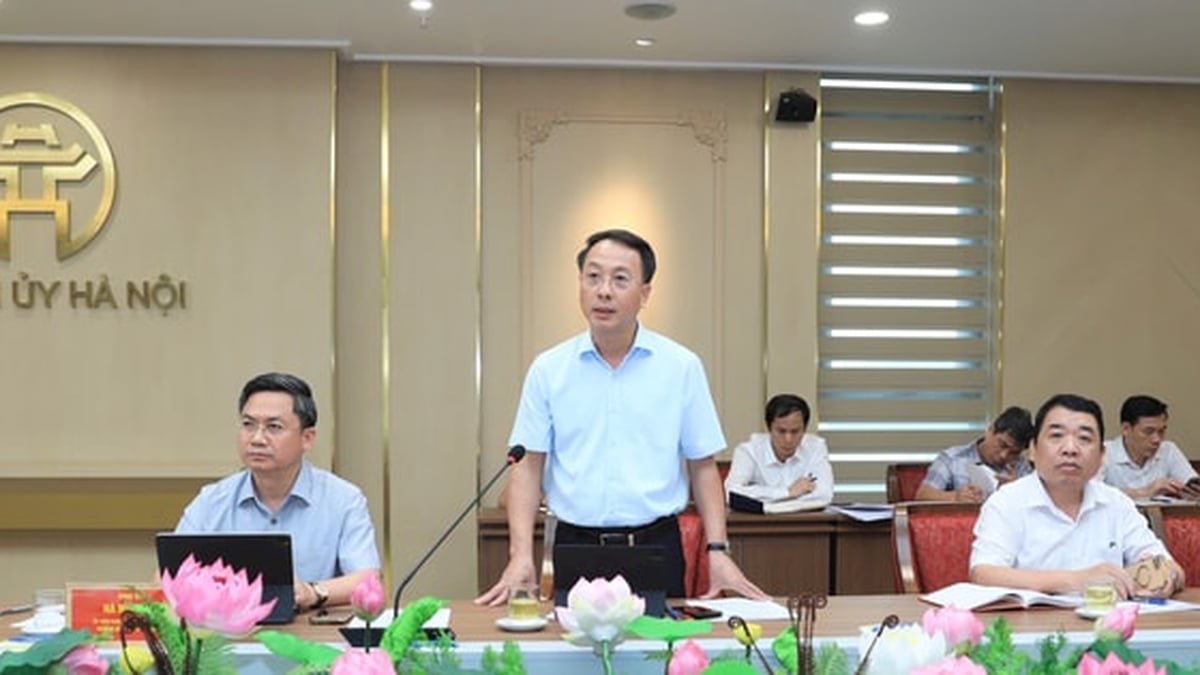








































![[Maritime News] More than 80% of global container shipping capacity is in the hands of MSC and major shipping alliances](https://vphoto.vietnam.vn/thumb/402x226/vietnam/resource/IMAGE/2025/7/16/6b4d586c984b4cbf8c5680352b9eaeb0)













































Comment (0)